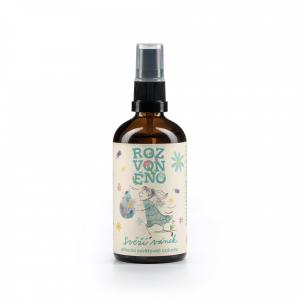Linnaea borealis (Linnaea borealis)
Other names: twinflower
Harm score: 1 (Natural substances)
The northern boxwood, affectionately known as twinflower for its characteristic pair of bell-shaped flowers on each stem, is a small, evergreen plant in the Caprifoliaceae family that grows in the tall forests of the northern hemisphere. It was named by Swedish naturalist Carl Linné, who adopted it as his personal heraldic emblem. Despite its modest size and inconspicuous appearance, its tiny pink flowers and soft leaves outshine many larger and more conspicuous plants.
Interestingly, the northern boxwood is used in a number of industries. In the cosmetic industry, its extracts are used to make oils and creams for sensitive skin, for their antioxidant properties. Similarly, it is used in medicine for its supposed anti-inflammatory and antimicrobial effects. In some countries, wintergreen is also a popular part of traditional medicine, where its leaves are used as herbal remedies for various ailments. The plant also has a place in the food industry. The leaves of wintergreen can be eaten fresh or dried and are a common ingredient in some teas. Its flowers, quite sweet to the taste, can be used as decorations on cakes and other sweets.
You won't find this substance in our products. Try the natural, chemical-free products in our range.

FLOSS Dental floss with tray - with mint and organic coconut oil
Product detail
Air freshener - Fresh breeze (100 ml) - with eucalyptus and lemon
Product detail